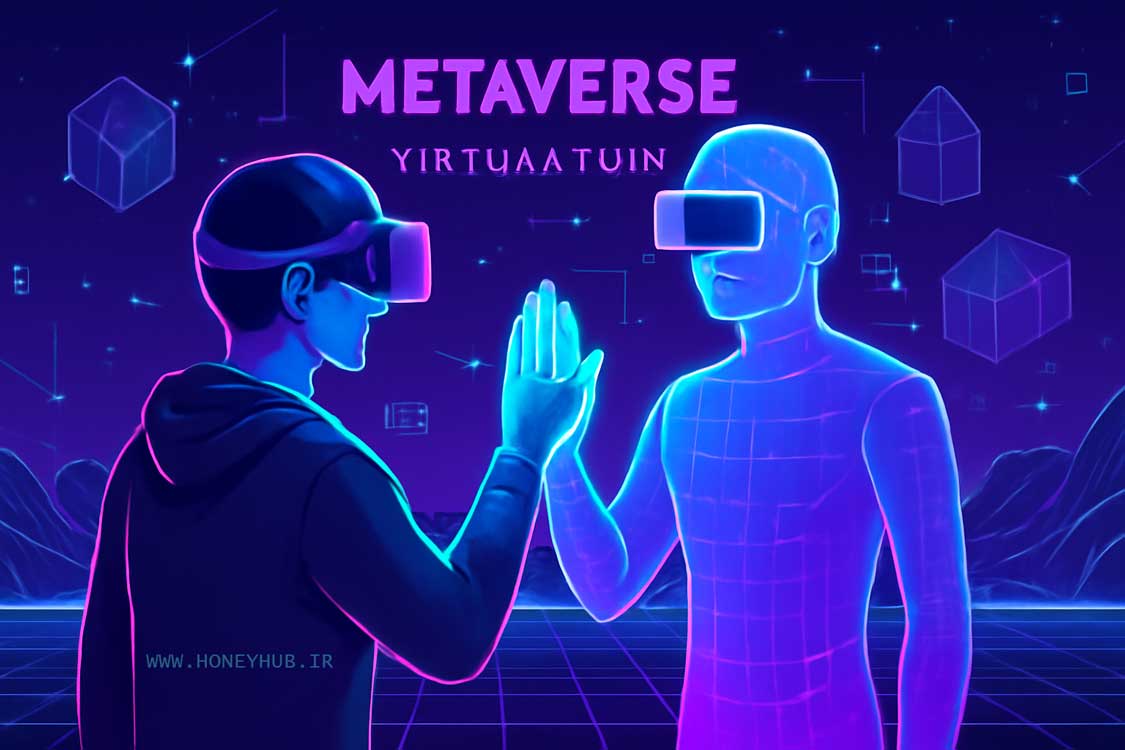Complete guide to nectar and pollen plants of Sabalan region with unique ecosystem analysis, flowering calendar and...
1. The Full Maturity of Spatial Computing and Ultra-Advanced, Ubiquitous Hardware
After the initial introduction of devices like Apple Vision Pro and its competitors, we will witness the arrival of the third and fourth generations of these devices, taking spatial computing to unprecedented heights. By 2030, headsets will be significantly smaller, lighter, and nearly invisible, resembling regular glasses more than bulky devices. Battery life will increase to tens of hours, and the field of view will become so wide that it will feel indistinguishable from human vision. Visual fidelity will reach photorealism, with pixel resolutions that immerse you in a digital replica of reality. These advancements will completely erase the lines between VR and AR, expanding productivity, entertainment, and mixed reality (MR) applications in ways we can only imagine today. Imagine walking through a city with real-time data and 3D models overlaying the real world, or interacting with virtual friends from around the globe in a shared space that feels just like a real room.



























Latest comments